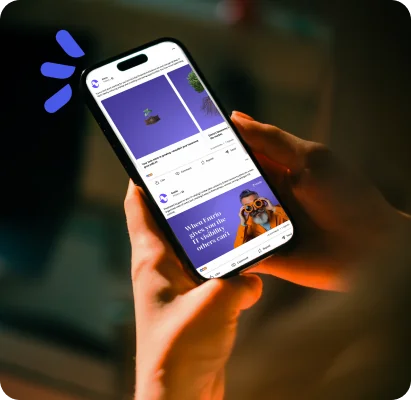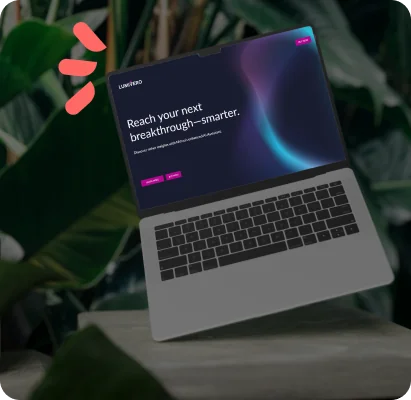Explore more related content
Friend or Foe? Generative AI for Graphic Design
Friend or Foe? Generative AI for Graphic Design This blog is part of a three-part series on the potential uses...
Superpower Your Marketing Strategy with AI
Superpower Your Marketing Strategy with AI This blog is part of a three-part series on the potential uses of AI...
Exploring the Role of Generative AI in Copywriting
Exploring the Role of Generative AI in Copywriting This blog is part of a three-part series on the potential uses...
Top Insurtech Startups to Watch in 2019
The insurance world is changing faster than you can say “I blame millennials.” Insurtech companies are creating software that addresses...
4 Best Digital Check and ACH Service Solutions That Are Streamlining the Way You Pay
Digital check and ACH services have been around for 20+ years and we’re finally seeing them gain serious traction. These...
3 Changes We Think Could Improve HubSpot—an Honest Breakdown
We love HubSpot at Accelity. I personally work in the tool every day, we are a HubSpot partner agency and...
The Best On-the-Go Apps to Improve Small Business Productivity
In this digital age, new apps are created to aid small business productivity for each simple task or activity you...
How to Integrate Text Message Marketing Into Your Marketing Plan
The most effective inbound marketing campaigns take advantage of multiple channels to reach their prospects (email, social media, etc.). As technology advances,...



